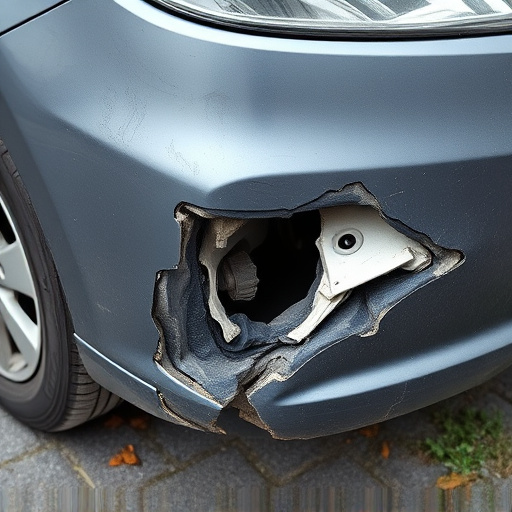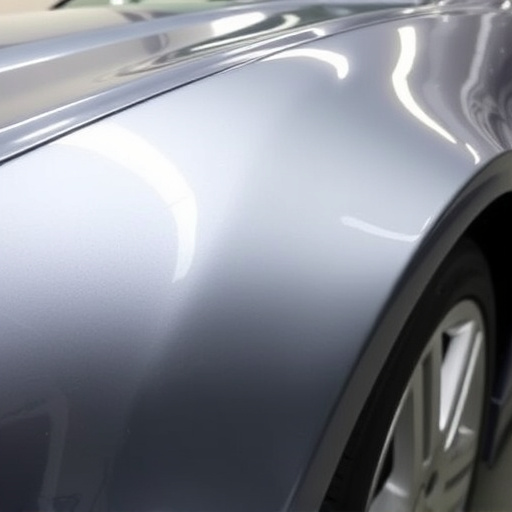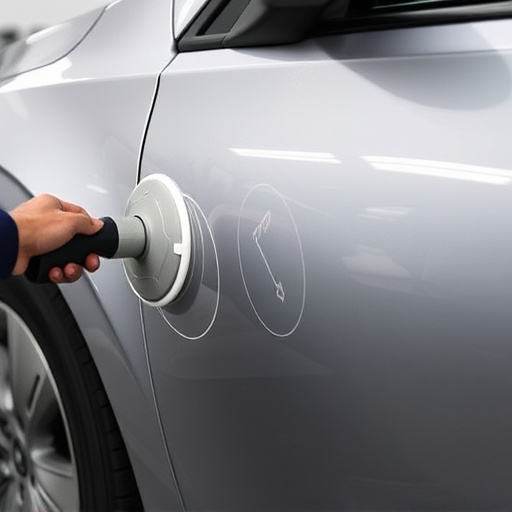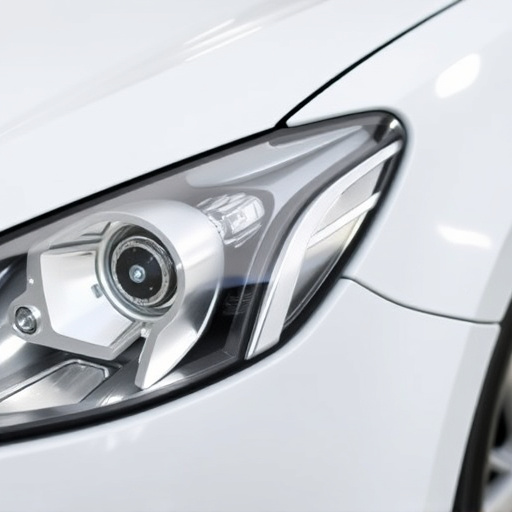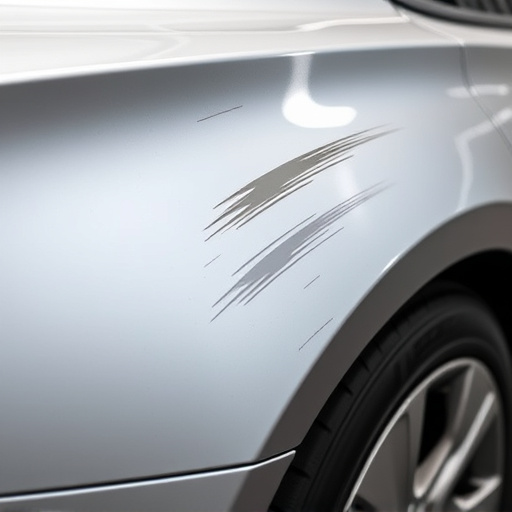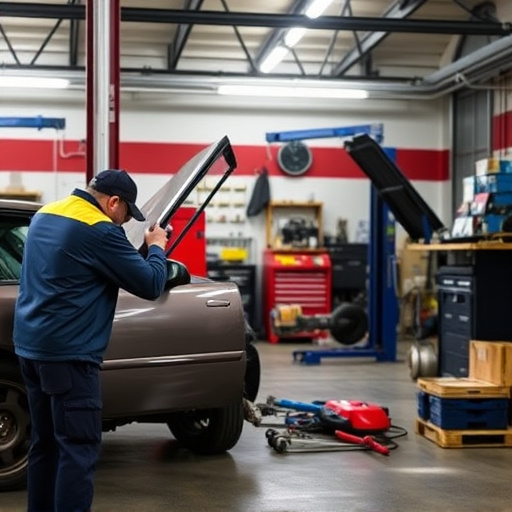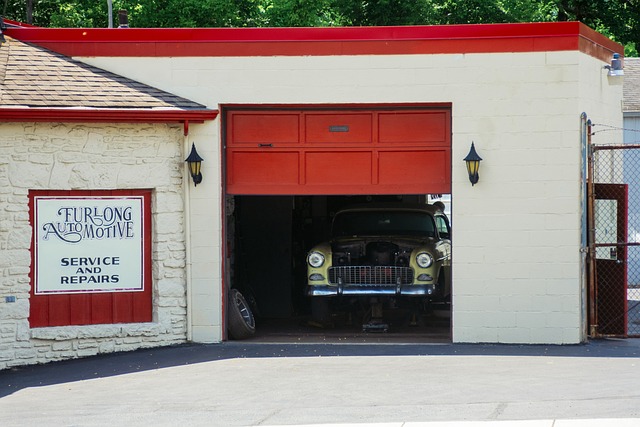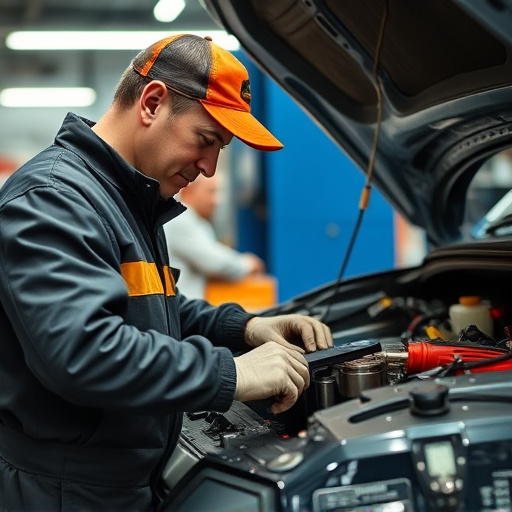Collision damage can incur substantial costs for vehicle repairs, including seat repair collision damage. Understanding your insurance policy's collision coverage is crucial to protect against these unexpected expenses. Policies often offer comprehensive protection for seat repair, covering up to the vehicle's pre-accident value. After a collision, a thorough inspection assesses damage, and skilled technicians restore seats using auto detailing techniques. Policyholders should be aware of coverage limits and deductibles; communication with insurers ensures prompt repairs, minimizing disruption. Insurance covers both seat repair and collision damage in various scenarios, providing peace of mind and financial protection during challenging times.
“In the event of a collision, understanding how insurance covers seat repair is crucial for easing financial burdens. This article guides you through the intricacies of collision damage coverage, focusing on seat repairs—a commonly overlooked yet essential aspect of vehicle accidents.
We’ll explore the process from claim submission to settlement, highlighting what’s covered and what’s not. By delving into common scenarios, we aim to empower drivers with knowledge, ensuring they’re equipped to navigate the claims process efficiently.”
- Understanding Collision Damage Coverage
- The Process of Seat Repair and Insurance Claims
- Common Scenarios and What Insurance Covers
Understanding Collision Damage Coverage
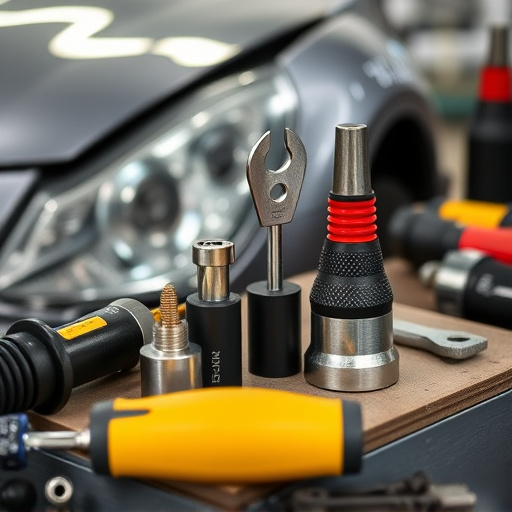
Collision damage can often lead to significant costs when it comes to repairing or replacing vehicle parts, including seats. Understanding your insurance policy’s collision coverage is crucial in ensuring you’re protected against these unexpected expenses. This type of coverage is designed to help pay for repairs or replacements resulting from automotive collision repair, including frame straightening if needed.
Many insurance policies offer comprehensive protection for seat repair collision damage costs. When a vehicle experiences car damage due to an accident, the policyholder can file a claim with their insurance provider. The insurer will then assess the extent of the damage, which may include inspecting the seats and framing to determine if repairs or replacements are required. In some cases, especially with severe collisions, seat replacement might be necessary, and insurance will typically cover these costs up to the vehicle’s pre-accident value.
The Process of Seat Repair and Insurance Claims
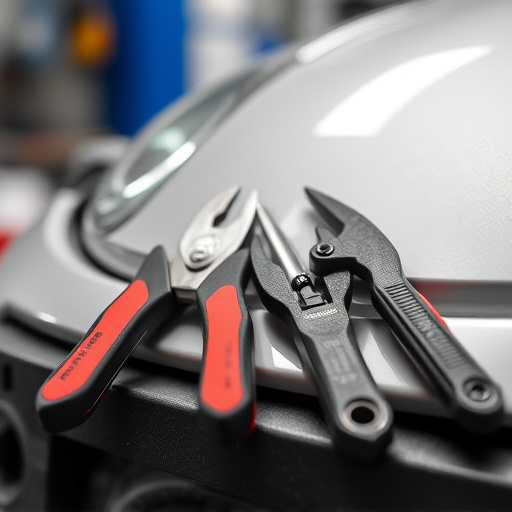
The process of seat repair following a collision involves several steps aimed at restoring the vehicle to its pre-accident condition. Initially, a thorough inspection is conducted to assess the extent of damage, which can range from torn fabrics to structural issues with the frame. This meticulous evaluation is crucial in determining the course of repair, be it simple sewing and reupholstering or complex replacement of the seat mechanism. Once the damage is accurately identified, skilled technicians employ a variety of auto detailing techniques specific to seats, ensuring not just visual but also functional restoration.
When it comes to insurance claims for seat repair collision damage, policyholders should familiarize themselves with their coverage limits and deductibles. Many comprehensive or collision coverage plans include provisions for repairing or replacing damaged seats as part of broader auto bodywork services offered by approved body shop services. Policyholders typically need to file a claim, providing details about the accident and the extent of damage. After verification, insurance companies either approve the claim, covering the repair costs, or request further documentation. Efficient communication between policyholders, insurance providers, and experienced body shops ensures that seat repairs are handled promptly, minimizing disruption and getting the vehicle back on the road in no time.
Common Scenarios and What Insurance Covers

In the event of a road accident, understanding how insurance covers seat repair and collision damage costs is crucial for any vehicle owner. Common scenarios include fender benders, where minor bumps or scratches may occur, as well as more severe collisions that lead to extensive damage. In such cases, insurance steps in to assist with repairs, ensuring your vehicle returns to its pre-accident condition.
Most insurance policies cover collision damage, which includes repairs to the car’s exterior and interior components, including the seat repair process. This means if a collision causes damages, you can take your vehicle to a reputable collision repair shop for necessary fixings, such as bumper repair or even more intricate vehicle collision repair work. Insurance will typically cover these costs up to the policy limits, providing peace of mind and financial protection during challenging times.
When it comes to seat repair after a collision, understanding your insurance coverage is key. By familiarizing yourself with the process and common scenarios, you can ensure a smoother journey towards getting your vehicle back on the road. Insurance typically covers seat repair collision damage, providing financial assistance for repairs that fall under your policy’s terms. Remember, each policy varies, so reviewing your specific coverage and consulting with your insurer is essential to navigate this process effectively.

